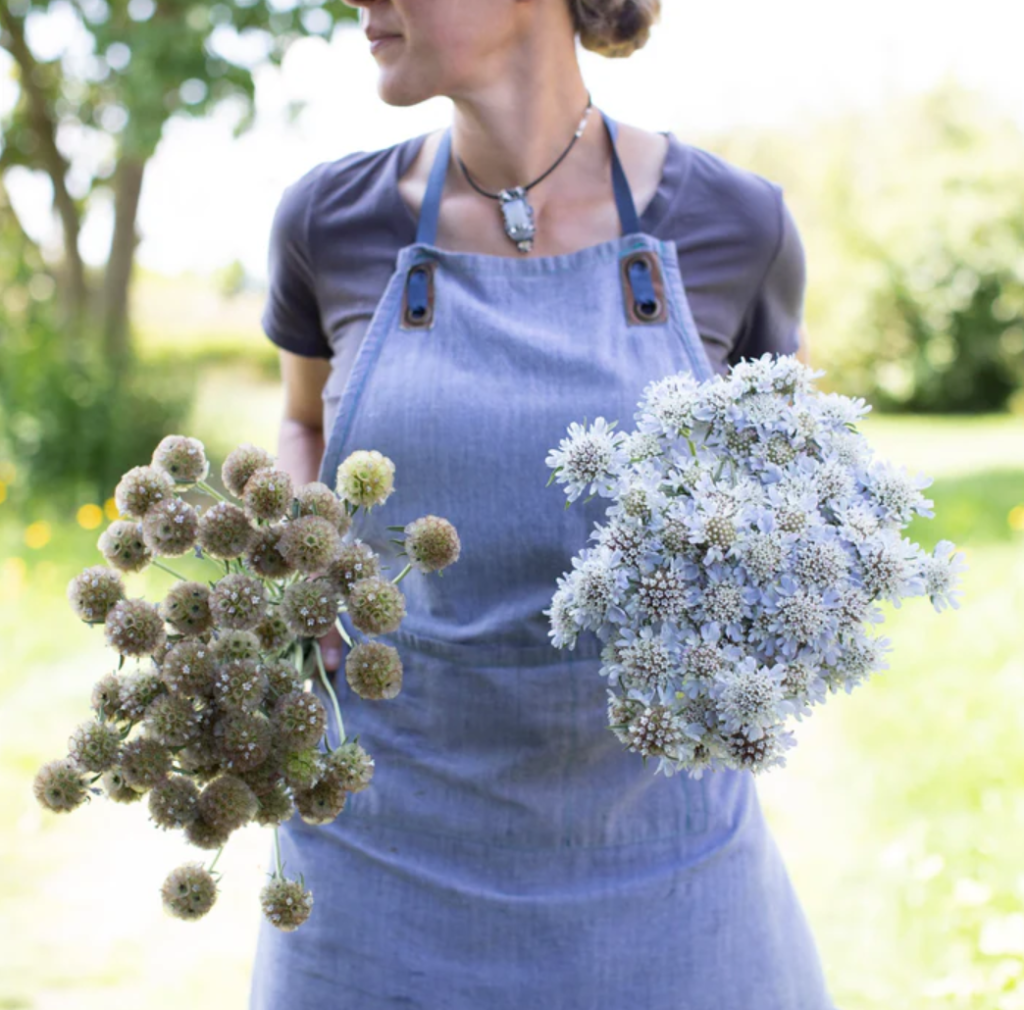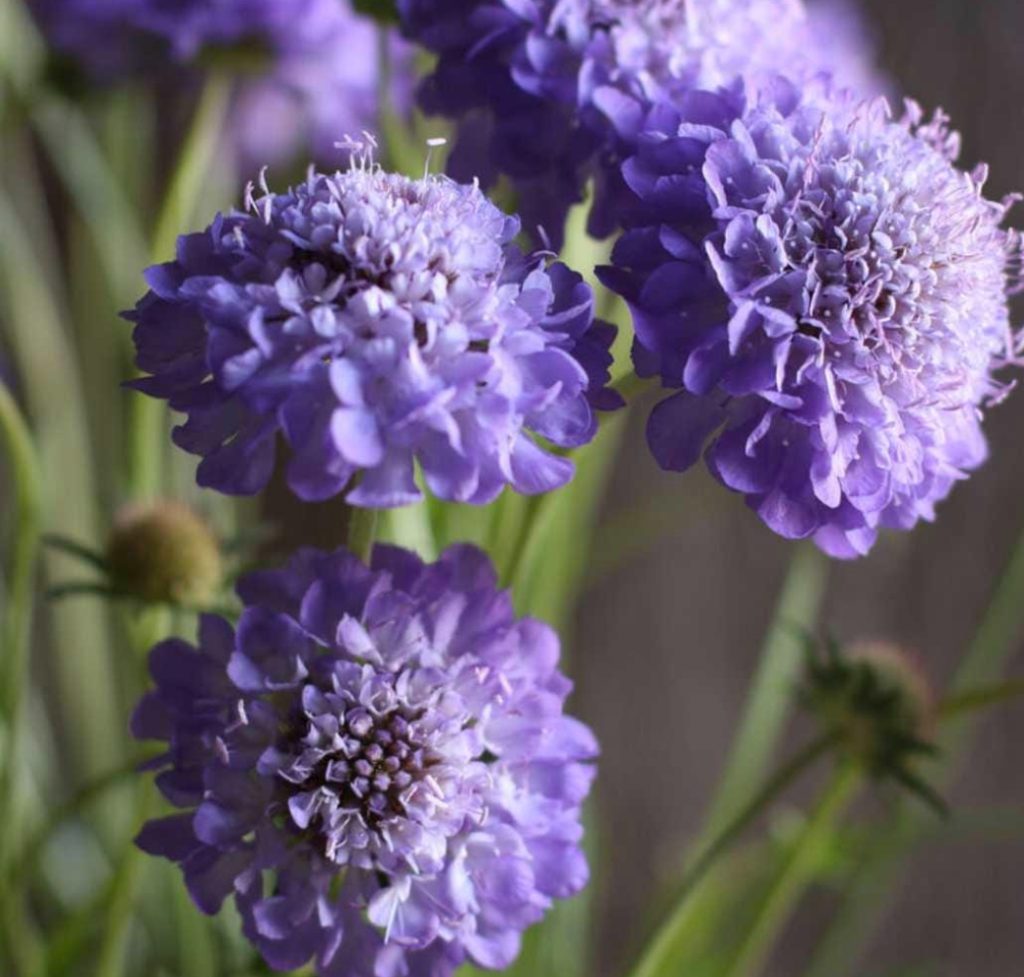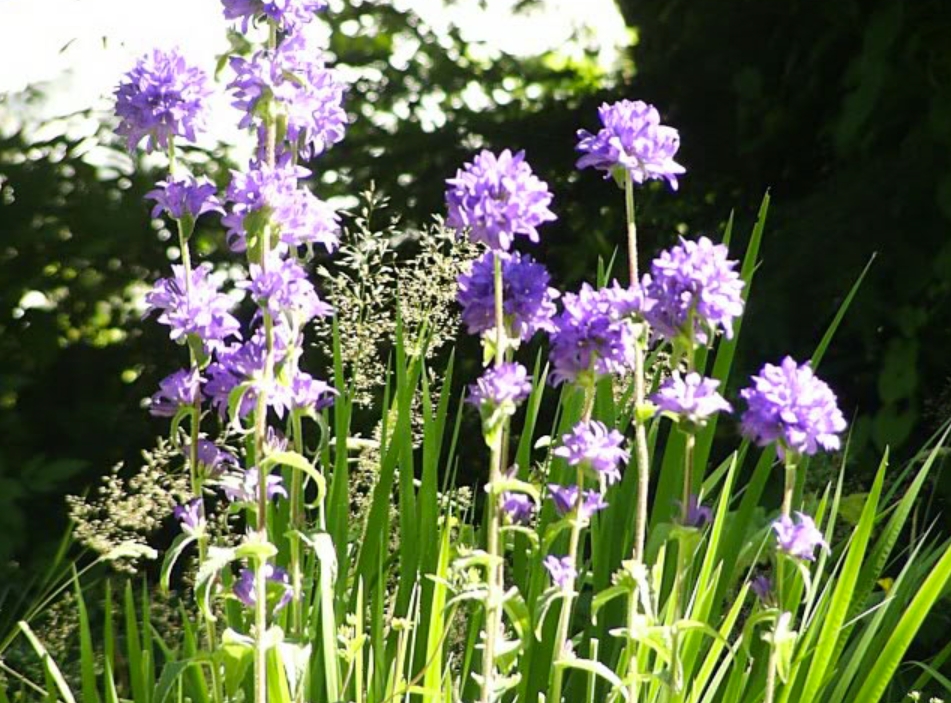Scabious, commonly known as the pin cushion flower, is a charming and delicate bloom admired for its long, slender stems and circular flower heads. With its soft, narrow petals and a wide range of colors—including white, lilac, purple, pink, and burgundy—this flower adds elegance to any garden or floral arrangement. Not only are scabious flowers visually stunning, but they are also highly attractive to pollinators such as bees and butterflies, making them a valuable addition to wildlife-friendly gardens. Their nectar-rich blooms provide essential sustenance for these beneficial insects, helping to support biodiversity and maintain a healthy ecosystem.

Beloved for their long vase life, scabious flowers make excellent cut flowers, adding a touch of sophistication to bouquets and floral displays. They thrive in well-drained soil and prefer a sunny location to reach their full potential. These hardy plants can tolerate various growing conditions, making them a great choice for both experienced and novice gardeners alike. While they are often grown as annuals, some varieties, such as Scabiosa caucasica, are perennials and will return year after year with proper care.
How to Grow Scabious
Annual varieties can be easily grown from seed by sowing directly into prepared soil in April. To ensure healthy growth, clear the soil of weeds, rake it to a fine tilth, and sow the seeds in shallow half-inch drills. Keep the soil moist, and once seedlings emerge, thin them to about six inches apart. Regular deadheading will encourage continuous blooming, extending the flowering season well into late summer and early autumn.

For perennial scabious, plant them in well-draining soil enriched with compost or organic matter. They can be grown from seed, cuttings, or nursery-bought plants. Perennials benefit from occasional division every few years to maintain vigor and prevent overcrowding.
Uses in Garden Design
Scabious is a versatile plant that fits beautifully into various garden styles. They are ideal for cottage gardens, wildflower meadows, and pollinator-friendly borders. Their airy, delicate blooms provide a soft contrast when planted alongside more structured plants such as roses, lavender, or ornamental grasses.

With proper care, these delightful flowers will bloom within 10-12 weeks, providing continuous beauty throughout the summer months. Whether used to create a wildflower meadow, enhance a cottage garden, or add elegance to floral arrangements, scabious is a rewarding plant that brings both aesthetic charm and ecological benefits. Their resilience, beauty, and ability to attract pollinators make them an excellent choice for any gardener looking to cultivate a vibrant and lively outdoor space.
